4 moves that give you the strength to play with your grandkids and prevent falls
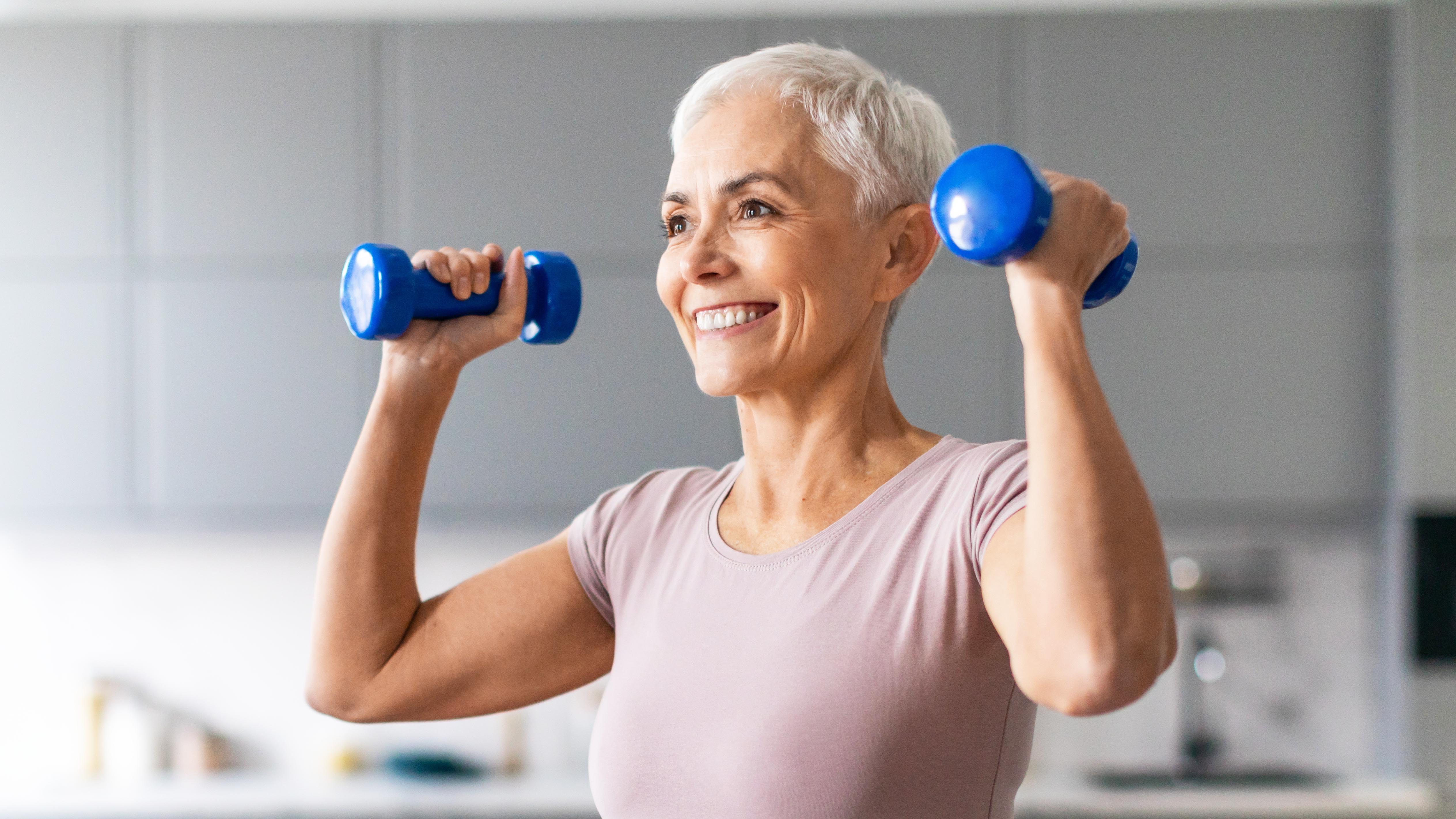
Looking after grandchildren is a full-body workout that requires cardiovascular fitness, as well as functional strength and balance. As you chase your grandchildren, you’ll be performing squats, deadlifts, and carries, not just while playing, but also while loading them in and out of the car seat or crib, or when bending down to pick them up.
If you’re finding this exhausting, and you’re looking for a workout you can do to get stronger when you’re watching young children, we’ve got you covered. Below, our resident personal trainer, Sam Hopes, shares four different exercises you can do to help you build full-body strength.
If you’re new to exercise, or you’re returning to working out following an injury, it’s always a good idea to check in with a qualified professional, who can take a look at your form and offer personalized advice.
Many of the exercises below can be done with just your bodyweight, but as you get stronger, it’s a good idea to add a set of the best adjustable dumbbells to increase the intensity.
These workouts will not only build the functional fitness you need to care for young children, but also help you build muscle, improve your cardiovascular fitness, and protect yourself from falls and injuries.
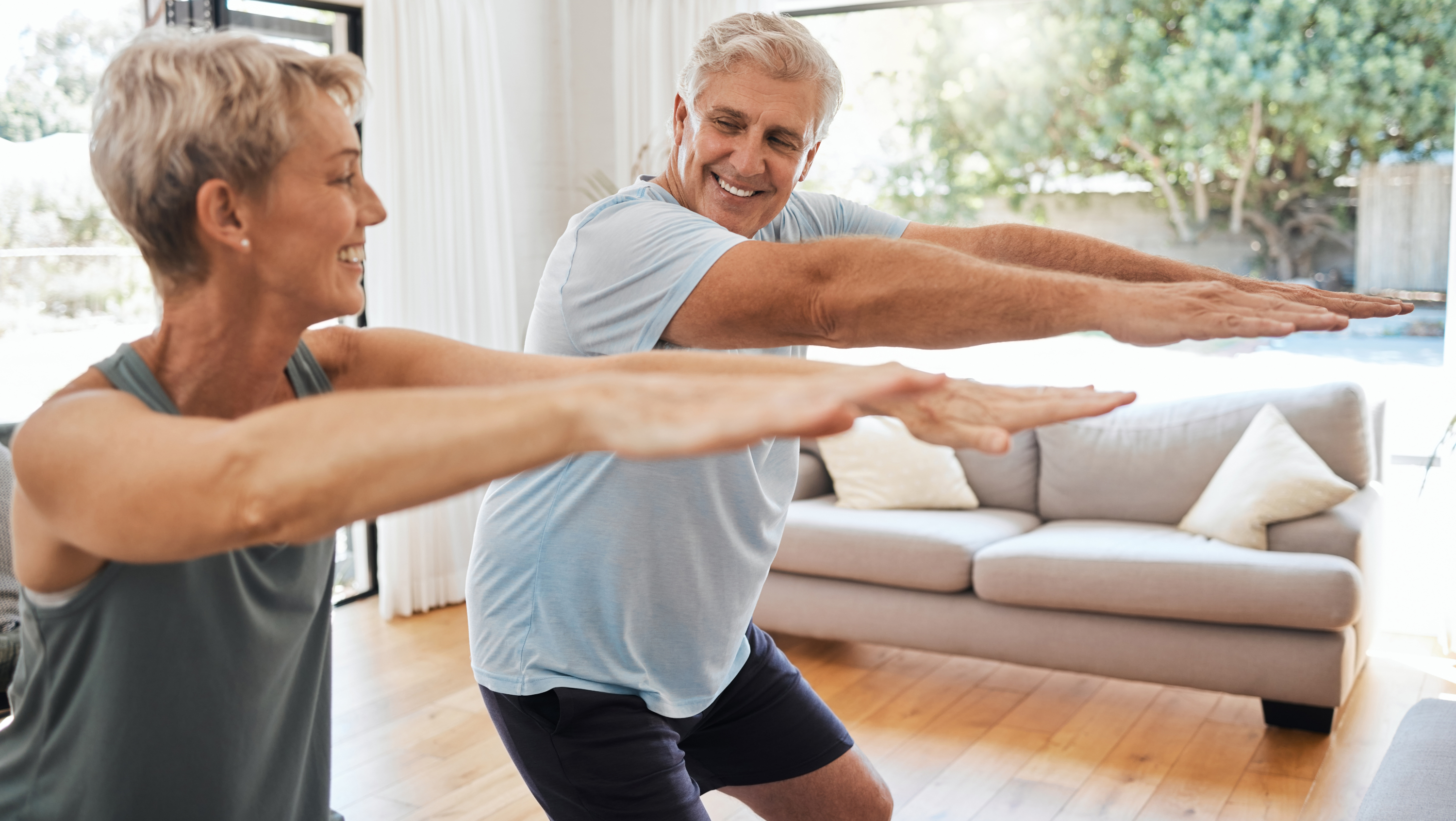
4 moves that give you the strength to play with your grandkids
1. Thrusters
Why: This is a full-body exercise that mimics the movement of squatting down and picking up a child, then lifting them. Thrusters combine a front rack squat with an overhead press, which means your entire body works hard, especially your core and shoulders, to help stabilize your body under load.
How:
Get instant access to breaking news, the hottest reviews, great deals and helpful tips.
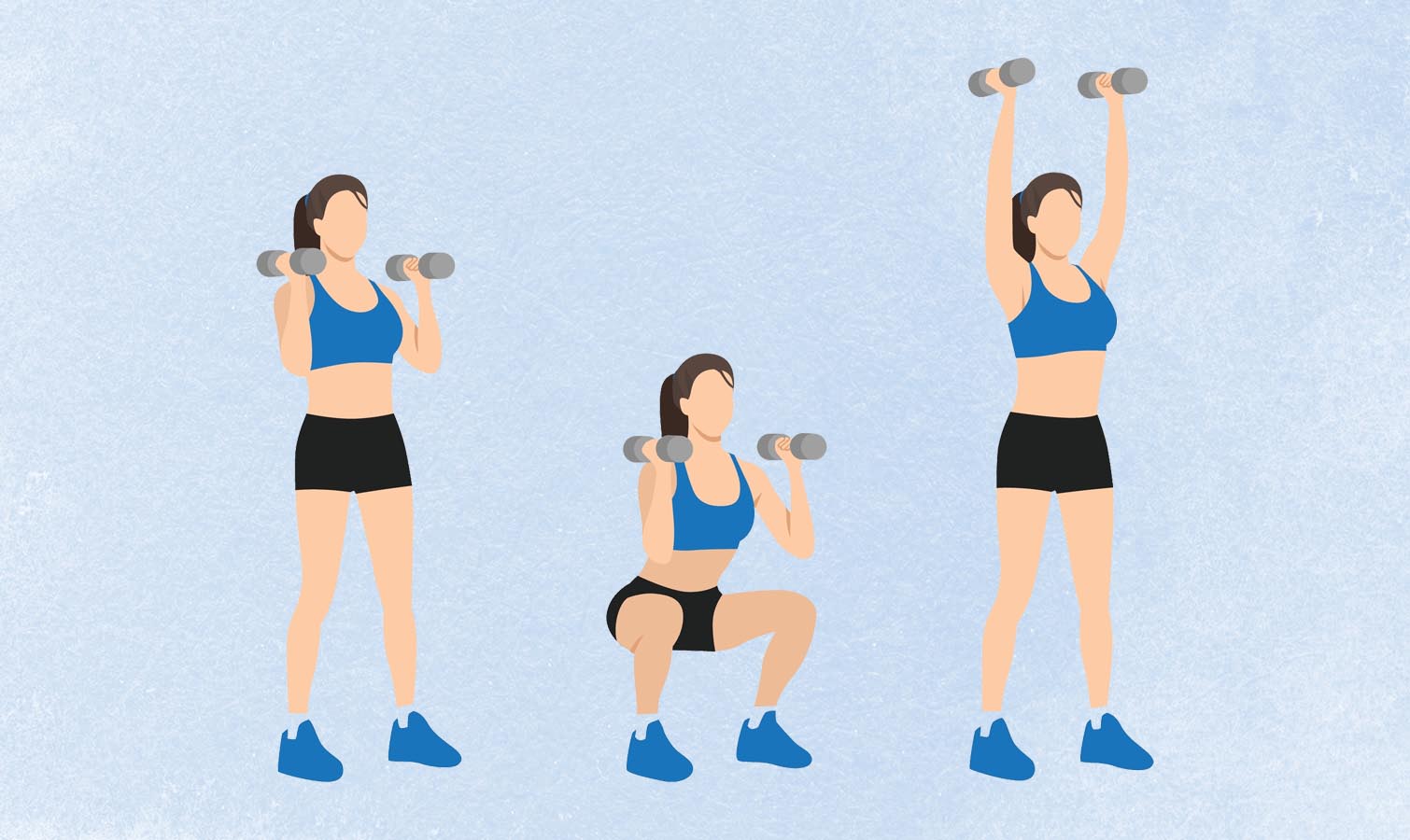
- Start with feet hip or shoulder-width apart and rack your dumbbells onto your shoulders with both elbows slightly forward. Brace your core.
- Perform a squat, lowering until your thighs sit parallel to the floor, and keep your spine neutral and chest forward.
- Push your knees outward in line with your toes and keep the weight mid-foot to heel.
- Drive upward to stand and extend your hips as you press your dumbbells overhead.
- Push your head slightly through your arms and lock out at the top, contracting your body and keeping your biceps close to your ears.
- Begin to bend your knees and elbows as you lower your weights back to your shoulders with control and lower back into a squat with both weights racked.
- Keep the elbows lifted as you lower to catch the weights onto your shoulders.
Here’s more on how to do a dumbbell thruster with perfect form.
2. Squats
Why: Squats work the lower body, especially the quads and glutes. They are great for building functional strength, as you do a squat each time you sit down on a chair or toilet. You can progress the exercise using dumbbells or resistance bands.
How:
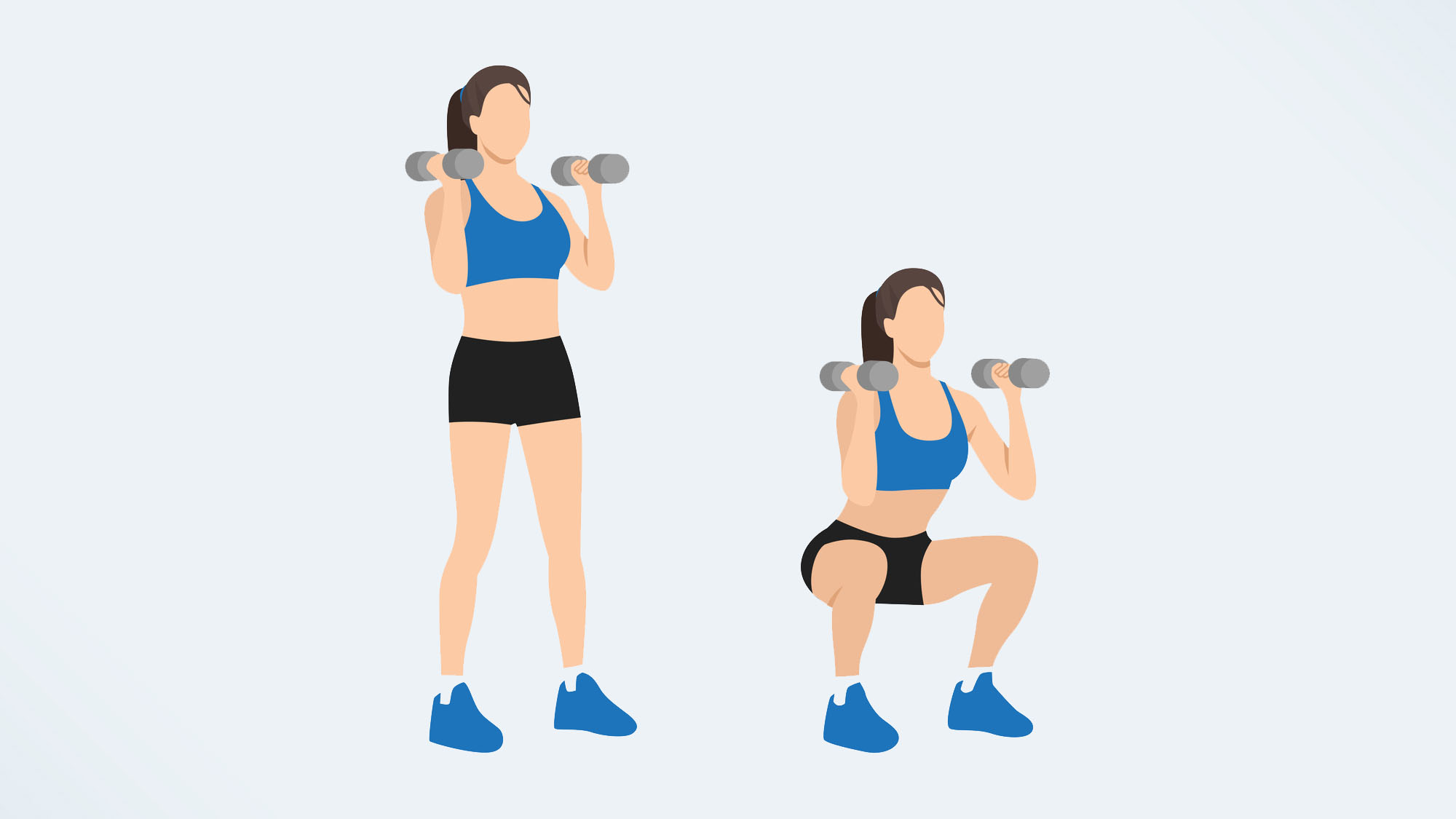
- Stand with your feet hip or shoulder-width apart. You can position your feet slightly wider.
- Point your toes slightly outward at 45 degrees, or forward-facing if that’s more comfortable. Engage your core.
- Bend your knees and send your hips back as if you’re sitting on a chair directly beneath you.
- As you squat down, push your knees outwards so that they track directly over your middle toes and keep the weight distributed through your feet.
- Lift your chest, keep looking straight ahead, and maintain a flat back. Avoid hunching or rounding your spine.
- Lower until your thighs are parallel to the floor, keeping your knees aligned with toes, heels planted, and spine neutral, then push through your heels to stand back up.
3. Standing twist
Why: This exercise works your core and mimics the twisting movement you do when holding a child and rotating from side to side. You can make this exercise harder by holding a dumbbell with both hands in front of your chest.
How:
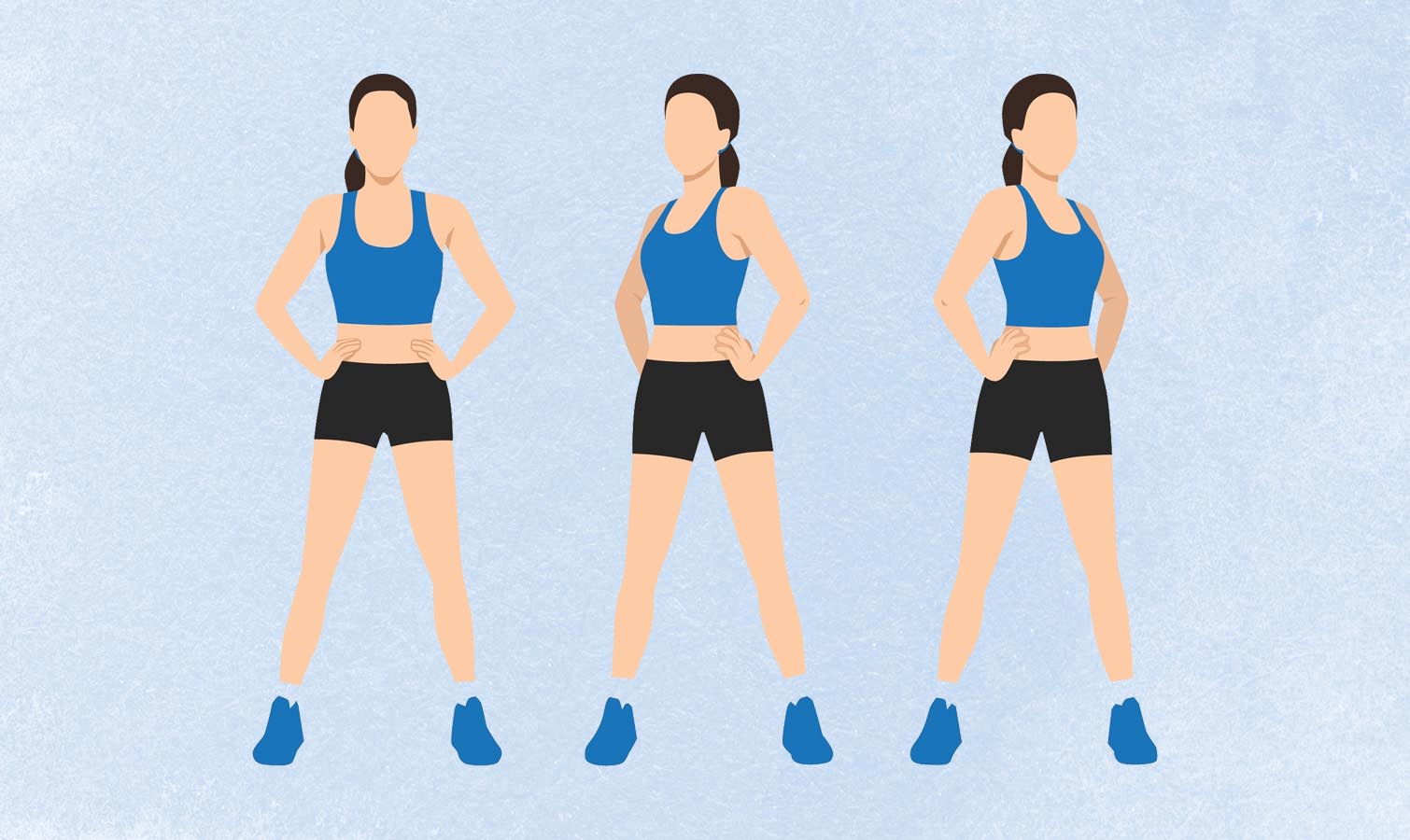
- Stand tall, with your knees slightly soft, feet hip-width apart. Hold a dumbbell vertically in both hands and raise it to chest height in front of you. You can also use an exercise ball.
- Contract your core muscles and, keeping the weight at chest height, smoothly twist to one side to just past your shoulder. Follow the motion with your head, but do not move your lower body. Now repeat the move to the other side. That’s one rep.
- As you improve, feel free to speed up, but maintain form and don’t overdo the movement.
4. Narrow grip row
Why: This exercise works your upper body, particularly your lats. You perform a row each time you pick something up. This exercise is best performed with dumbbells, but if you don’t have any, you could use a set of water bottles or some of the best resistance bands.
How:
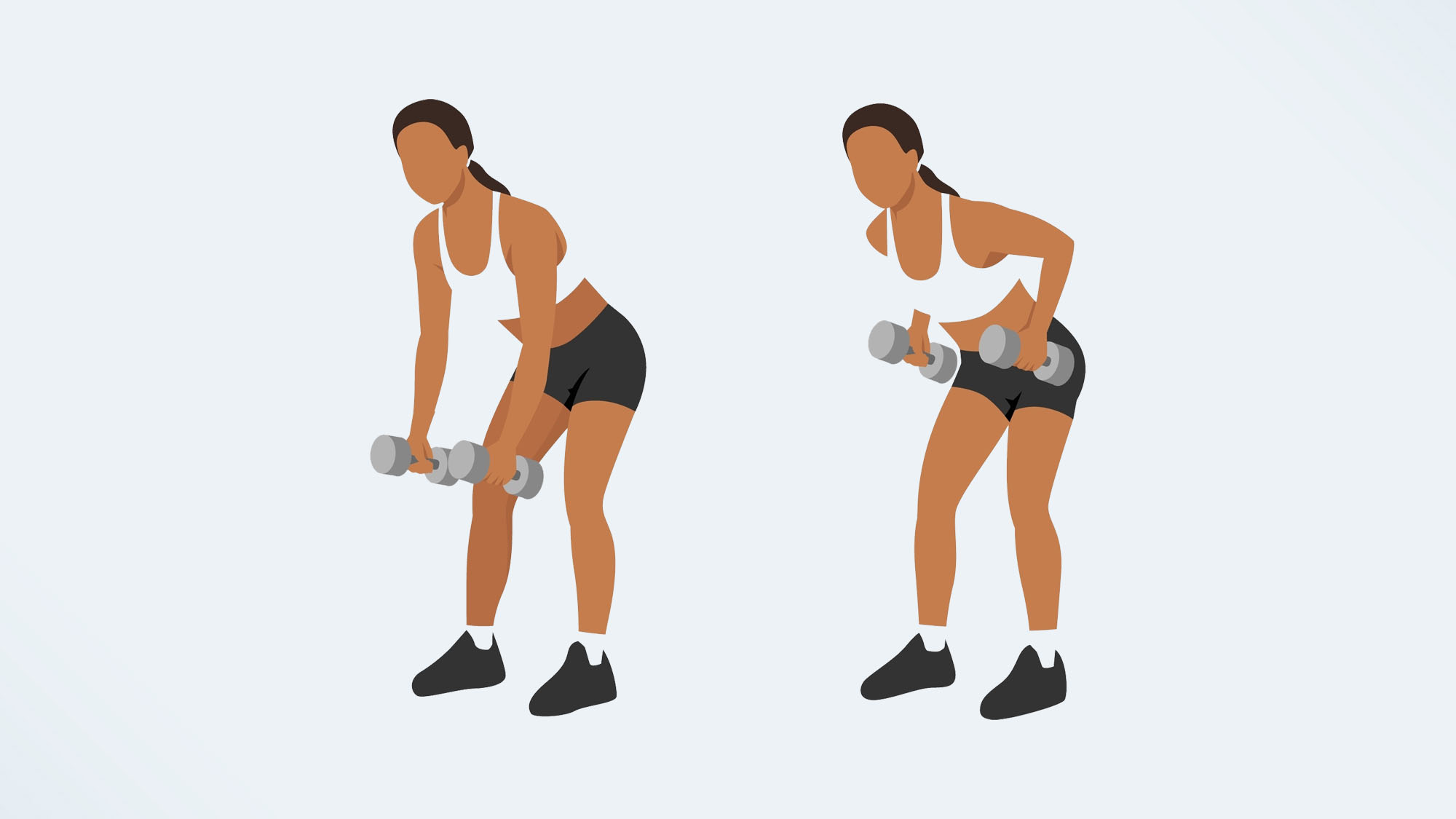
- Start in a standing position while holding a dumbbell/kettlebell in each hand with a neutral grip.
- Hinge forward until your torso is roughly parallel with the floor (or slightly above), and then begin the movement by driving the elbows behind the body while retracting the shoulder blades.
- Pull the dumbbells/kettlebells towards your body until the elbows are at (or just past) the midline, and then slowly lower the dumbbells back to the starting position under control.
Aim for 10 reps of each exercise, and repeat for three sets, taking a break in between.
Follow Tom's Guide on Google News, or add us as a preferred source, to get our up-to-date news, analysis, and reviews in your feeds. Make sure to click the Follow button!
More from Tom's Guide
- I built stronger legs in 10 minutes without squats or knee pain. Here's my chair workout everyone over 55 should be doing
- No, not squats — according to a physio, this simple seated exercise will help injury-proof your walking workouts
- Not swimming or Pilates! A 5-year study reveals the exercise everyone over 70 should prioritize for longevity

Jane McGuire is Tom's Guide's Fitness editor, which means she looks after everything fitness related - from running gear to yoga mats. An avid runner, Jane has tested and reviewed fitness products for the past five years, so knows what to look for when finding a good running watch or a pair of shorts with pockets big enough for your smartphone. When she's not pounding the pavements, you'll find Jane striding round the Surrey Hills, taking far too many photos of her puppy.
You must confirm your public display name before commenting
Please logout and then login again, you will then be prompted to enter your display name.
